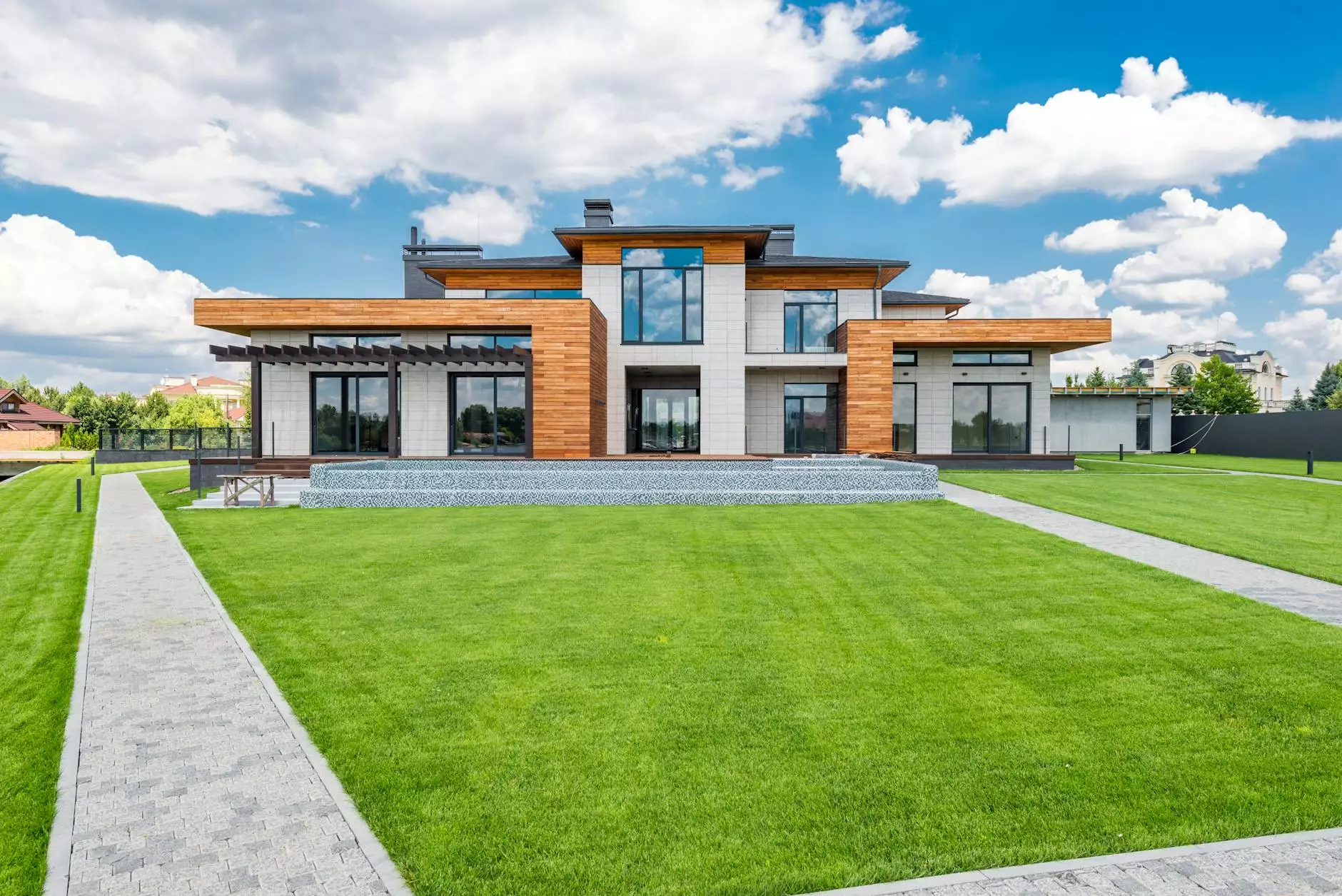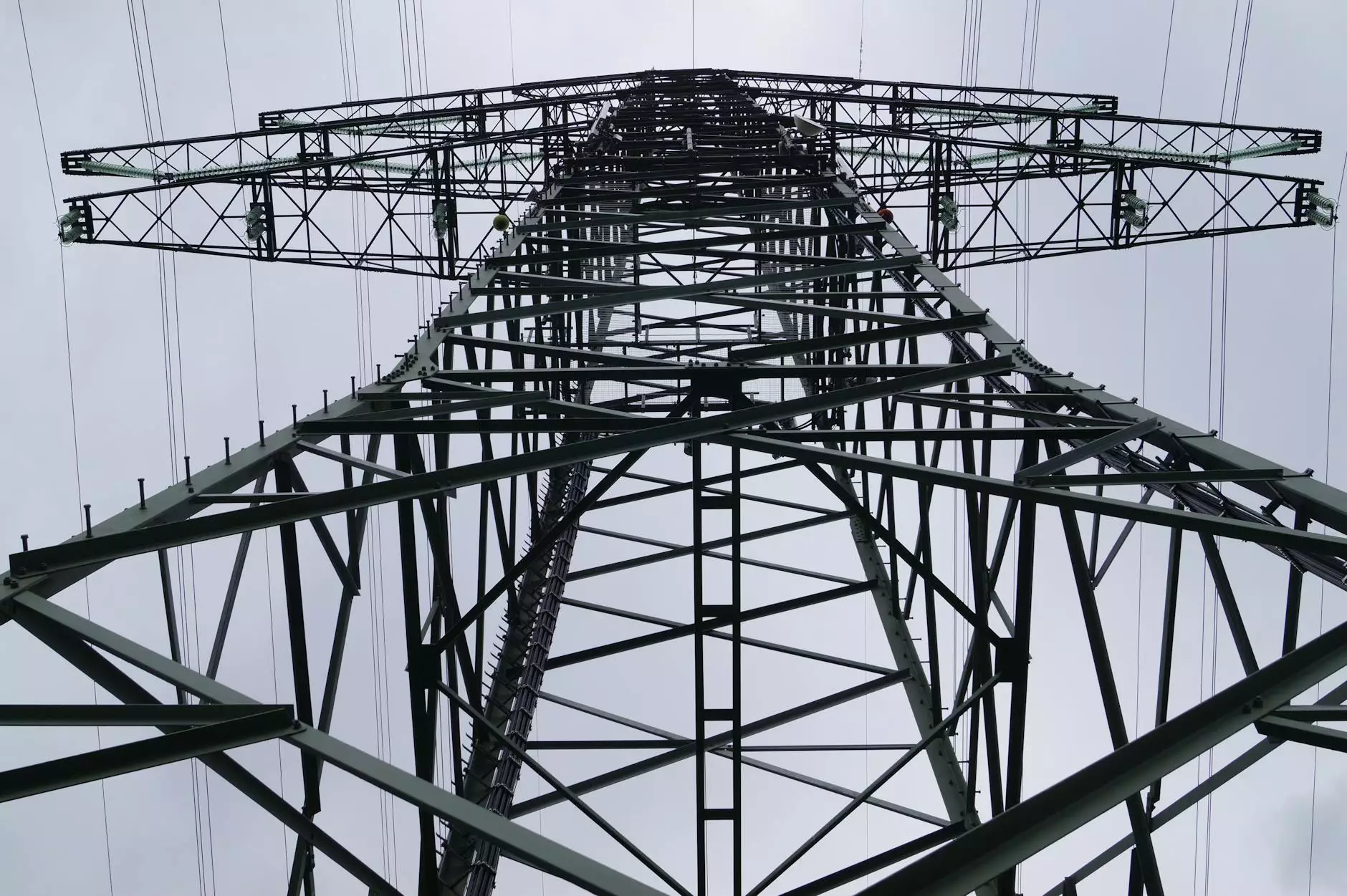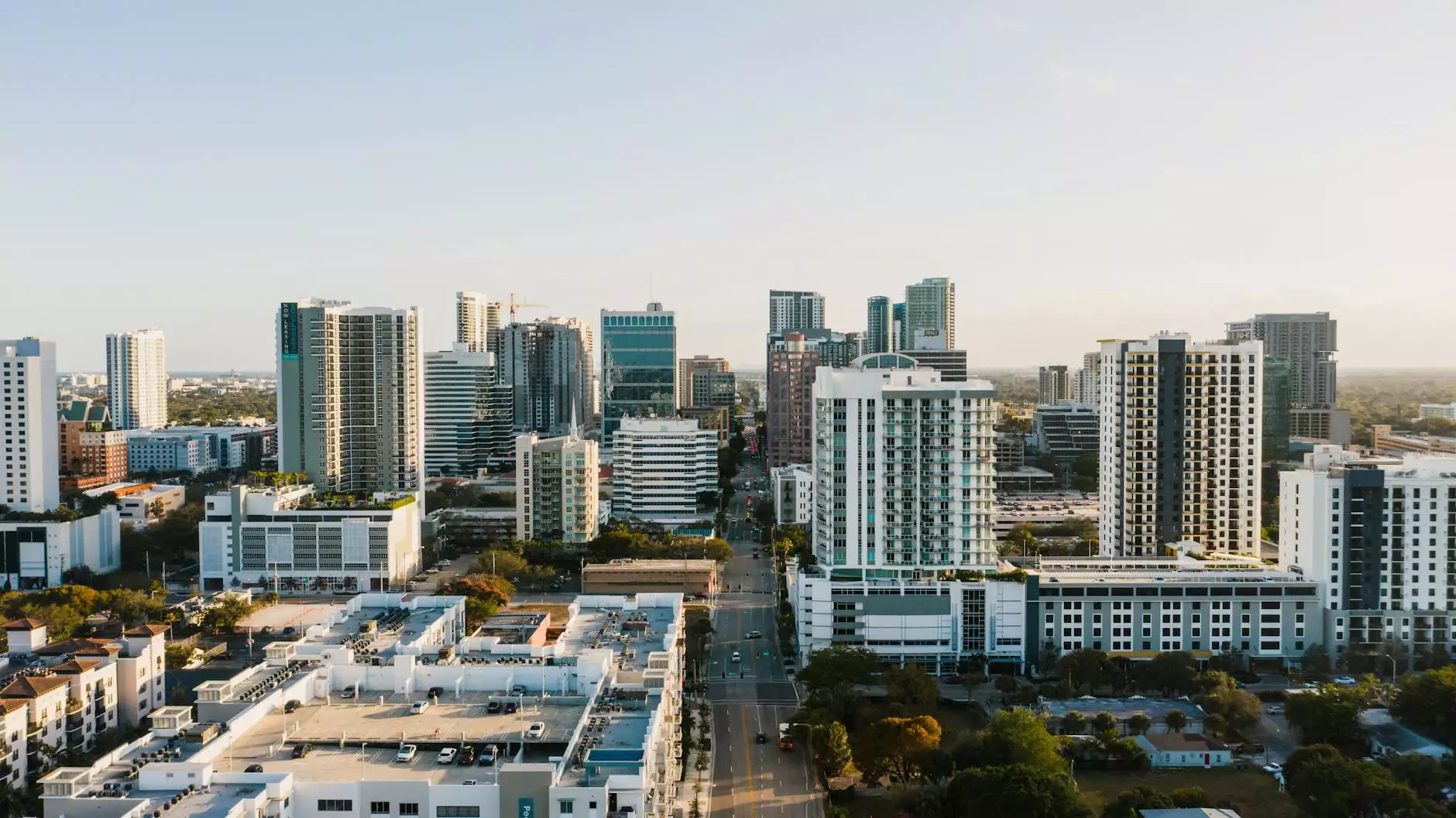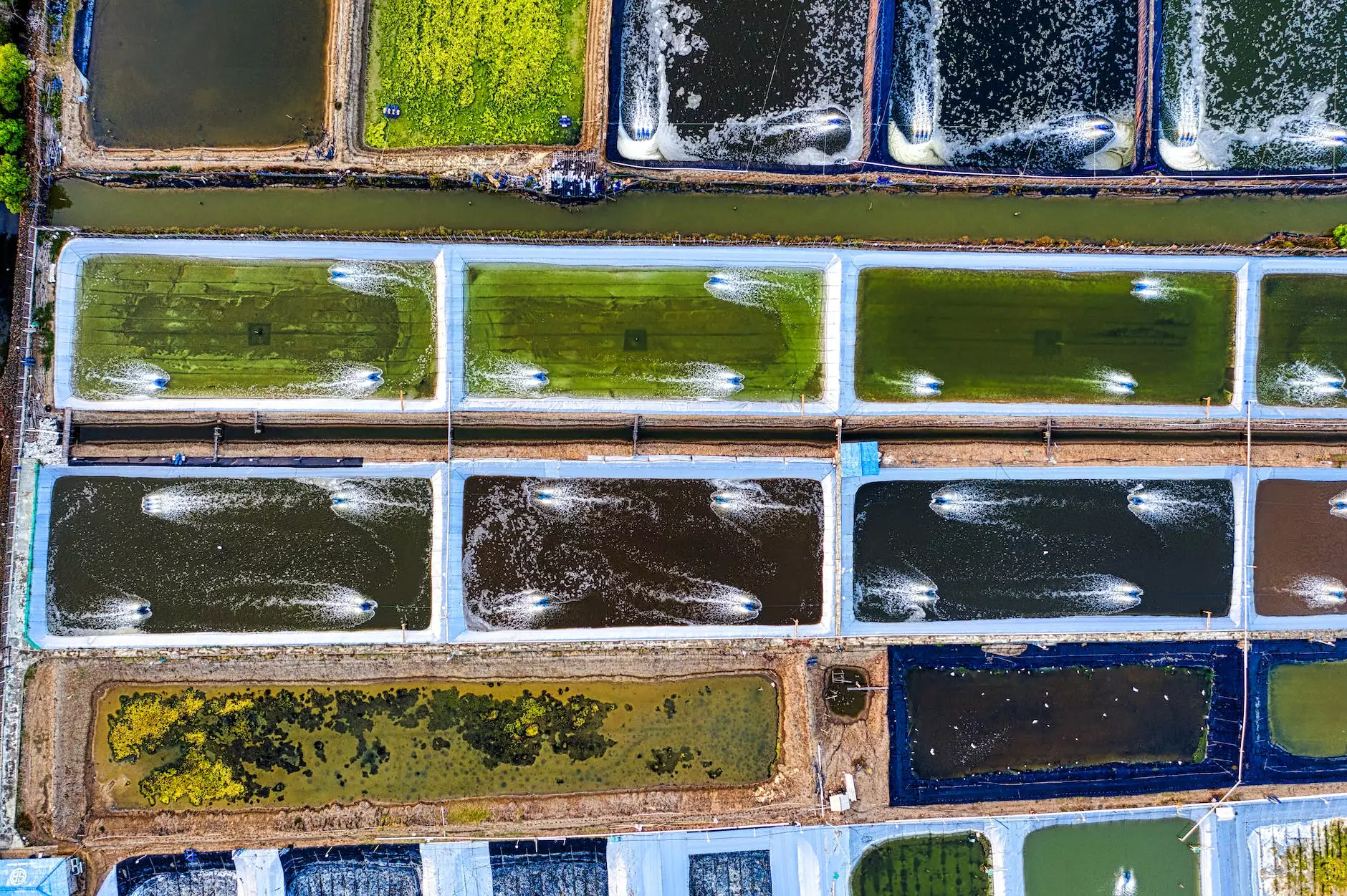Why do you have to put sand on artificial grass?
Artificial Grass
Artificial grass has become a popular choice for many homeowners and businesses looking to enjoy a beautiful, low-maintenance lawn. It offers several advantages over traditional grass, such as no watering, mowing, or fertilizing requirements. However, to truly optimize the performance and longevity of your artificial grass, it is highly recommended to put sand on it. In this article, we will explore the reasons why sand is essential for artificial grass and how it can help enhance its appearance and functionality.
Enhanced Durability
By incorporating sand into the base of your artificial grass, you significantly improve its durability and resilience. The sand acts as a sturdy foundation that helps withstand heavy foot traffic, preventing the grass fibers from becoming matted and flattened over time. This durability is especially crucial for high-traffic areas such as gardens, playgrounds, or sports fields, where artificial grass may be subject to rigorous use.
Prevents Infill Migration
Another key benefit of adding sand to artificial grass is its ability to prevent infill migration. Infill materials, such as rubber or coconut fibers, are often used to provide stability and cushioning to the grass blades. However, without proper sand infill, these materials can gradually move out of place due to external forces like wind, rain, or intense play. By placing sand on top of the infill layer, you create a barrier that effectively keeps the infill in its designated position, ensuring a consistent and uniform surface.
Natural Feel and Appearance
One of the main reasons people choose artificial grass is to achieve a beautiful, maintenance-free lawn that resembles natural grass. Adding sand to the artificial grass surface helps create a more authentic look and feel. The sand particles settle within the grass blades, providing a subtle texture and mimicking the softness of real grass underfoot. This natural aesthetic appeal adds to the overall attractiveness of your outdoor space, making it difficult to distinguish between artificial and natural grass.
Improved Performance
The inclusion of sand on artificial grass contributes to its overall performance, especially when it comes to drainage and heat dissipation. The sand helps to promote efficient water drainage, preventing your lawn from becoming waterlogged or developing puddles. Additionally, it aids in temperature regulation by absorbing and releasing heat, which ensures that the artificial grass remains cooler under the sun, minimizing discomfort during warm weather. This combination of improved drainage and thermal regulation improves the usability and comfort of your outdoor area.
Conclusion
In summary, putting sand on artificial grass offers numerous benefits that contribute to its durability, stability, natural appearance, and performance. By incorporating sand into the base layer, you enhance its ability to withstand heavy foot traffic, prevent infill migration, create a more authentic look, and improve drainage and heat dissipation. For the best results, consult with professionals like Metate Industrial Supply who specialize in artificial grass installation and can guide you on the right sand infill options for your specific needs. Enjoy a beautiful, resilient artificial grass lawn that will impress visitors and provide years of enjoyable use.










